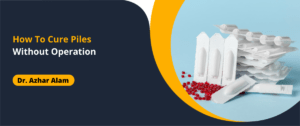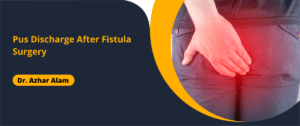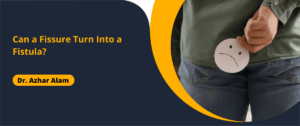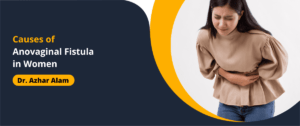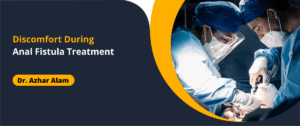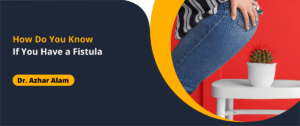
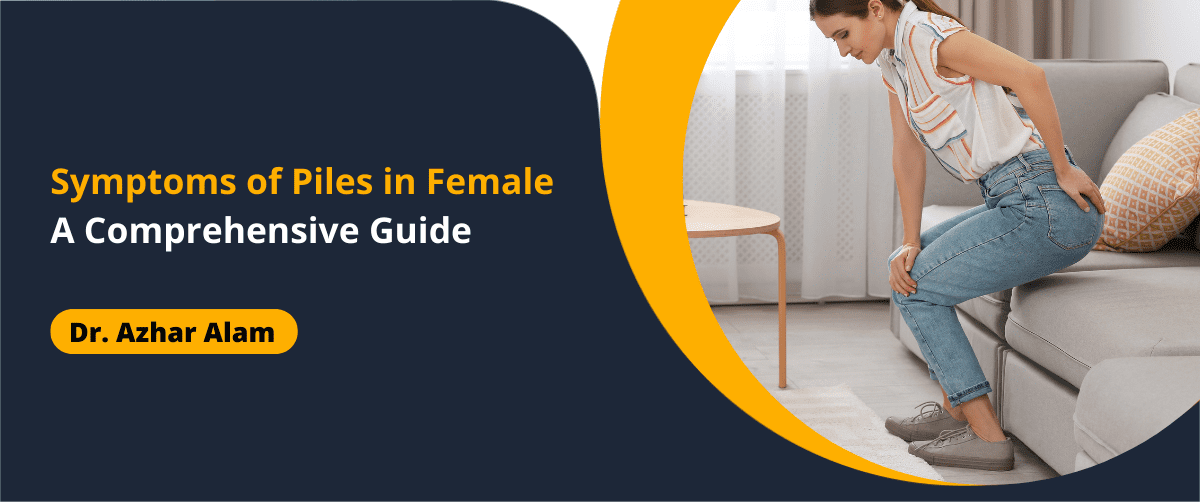
Piles in Female
Did you know that piles, also known as hemorrhoids, are a common condition that affects both men and women? It may not be the most glamorous topic, but knowing about this common health issue is important to avoid it or seek treatment if needed. However, the symptoms of piles in female may differ from those in men due to various factors, including pregnancy and hormonal changes. This comprehensive guide by Dr Azhar Alam, an experienced piles doctor in Kolkata, will help you understand the symptoms of piles in females, their causes, and effective management strategies.
Symptoms of Piles in Female
Pain and Discomfort:
One of the primary symptoms of piles in females is pain and discomfort, especially during bowel movements. Experiencing discomfort and pain while trying to defecate can be a frustrating and painful experience for female. The swelling or inflammation of blood vessels in the rectal area can cause these symptoms, making it difficult to pass stools.
Bleeding:
Rectal bleeding is a common symptom of piles in both men and female. Don’t ignore red blood on the toilet bowl after a bowel movement. It could be a sign of bleeding from the lower digestive tract, indicating a possible health issue that needs to be addressed.
Itching and Irritation:
Hemorrhoids or piles can lead to itching and irritation in the anal region. Female may experience persistent itching around the anus, which the presence of external hemorrhoids can exacerbate. Consult with a piles doctor in Kolkata if you face this issue.
Swelling and Inflammation:
The blood vessels in the anal area may become swollen, leading to noticeable lumps or bulges. Female may feel a soft mass or swelling around the anus, which can be tender to the touch.
Mucus Discharge:
Piles can cause the production of excess mucus in the rectal area. Female may notice a slimy discharge, contributing to discomfort and dampness.
Prolapse:
In severe cases, internal hemorrhoids may prolapse or extend outside the anal opening during bowel movements. Female may feel a protruding mass, which may require manual repositioning in some cases.
Painful Bowel Movements:
Female with piles may experience pain and strain during bowel movements. Depending on their size and location, piles can cause varying degrees of discomfort, mild or severe.
Incontinence:
Chronic piles may contribute to fecal incontinence in some females. The continuous irritation and inflammation of the rectal area can affect the normal functioning of the anal sphincter, leading to difficulty in controlling bowel movements.
Causes of Piles in Female
Pregnancy:
Pregnancy is a common factor contributing to the development of piles in female. The increased pressure on the pelvic veins and the expanding uterus during pregnancy can lead to the development of hemorrhoids.
Hormonal Changes:
Hormonal fluctuations, particularly during pregnancy and menopause, can influence the development of piles in women. Changes in hormone levels may affect the integrity of blood vessels, making them more susceptible to swelling and inflammation.
Constipation and Straining:
Consistent straining during bowel movements is a leading cause of hemorrhoids, also known as piles. The pressure exerted on the blood vessels in the rectal area can cause them to inflate and become painful. Therefore, it is crucial to avoid straining during bowel movements to prevent the development of hemorrhoids.
Obesity:
Being overweight is a major risk factor for piles in both men and women said by many piles specialist doctor. The excess weight can contribute to increased pressure on the pelvic veins, leading to the development of piles.
Sedentary Lifestyle:
Lack of physical workouts and prolonged periods of sitting or standing can contribute to poor circulation and increase the likelihood of developing piles in women.
Genetic Predisposition:
A family history of piles may increase the susceptibility of women to develop the condition. Genetic factors could be a reason for the weakening of blood vessel walls, thereby increasing their susceptibility to swelling and inflammation.
Also Read: Affordable Laser Surgery For Piles
Management and Prevention Strategies
Dietary Changes:
A high-fiber diet is a proven way to prevent and effectively manage piles. It does so by facilitating regular bowel movements and preventing constipation. Women can confidently include abundant fruits, vegetables, whole grains, and legumes to promote optimal digestive health.
Hydration:
Drinking adequate water is essential to maintain soft and bulky stools, reducing the risk of constipation. Proper hydration also supports overall digestive health.
Regular Exercise:
Regular physical activity promotes healthy circulation and can prevent the development of piles. Simple exercises like walking, swimming, and yoga can be beneficial.
Avoiding Straining:
Female should avoid straining during bowel movements. Using a squatting position on the toilet can help reduce the strain on the rectal area.
Topical Treatments:
Over-the-counter creams, ointments, or suppositories containing ingredients like witch hazel or hydrocortisone can relieve itching and inflammation.
Warm Baths:
Relieve from the pain and discomfort caused by piles by taking warm sitz baths. This method has been proven to be effective in providing soothing relief. This can be especially soothing for female experiencing external hemorrhoids.
Medical Procedures:
In cases of persistent or severe piles, medical interventions may be necessary. If you’re struggling with hemorrhoids and looking for a solution, a piles specialist doctor in Kolkata may have the answer. They may suggest effective procedures like rubber band ligation, sclerotherapy, or even surgical removal of hemorrhoids. Don’t suffer in silence any longer; seek professional help and return to living your life to the fullest.
Prescription Medications:
Sometimes, prescription medications, including topical creams or oral treatments, may be prescribed to manage symptoms and reduce inflammation.
Kegel Exercises:
Regularly practicing Kegel exercises can improve blood circulation in your pelvic region and lower your risk of developing piles. These activities involve the contraction and relaxation of your pelvic muscles and are easy to incorporate into your daily routine. Don’t let piles hold you back – start doing Kegel exercises today!
Maintaining a Healthy Weight:
Maintaining a healthy weight is crucial for women to prevent unnecessary pressure on their pelvic veins. A healthy, high-fiber diet and regular exercise can work wonders in achieving this goal. So, start today and take the first step towards a healthy and happy life.
Conclusion
Understanding the symptoms of piles in female is crucial for timely intervention and effective management. While piles can be common and uncomfortable, adopting a healthy food habit, including a high-fiber diet, regular workouts, and proper hydration, can significantly reduce the risk. Additionally, women should seek medical advice if they experience persistent or severe symptoms, as piles specialist doctors can provide tailored treatment plans to address each patient’s needs. With the right combination of diet modifications and medical interventions, the impact of piles on women’s health and well-being can be minimized.
About Docor

Dr. Azhar Alam
MBBS (Honours), MRCS A (UK),
DNB General Surgery
FIAGES (Gastro Intestinal Surgery)
FMAS (Minimal Access Surgery),
MNAMS (New Delhi)
Consultant Gastrointestinal, Advanced Laparoscopic and Laser Surgeon
Assistant Professor of Surgery, KPC Medical College and Hospital
